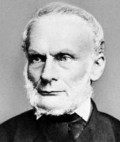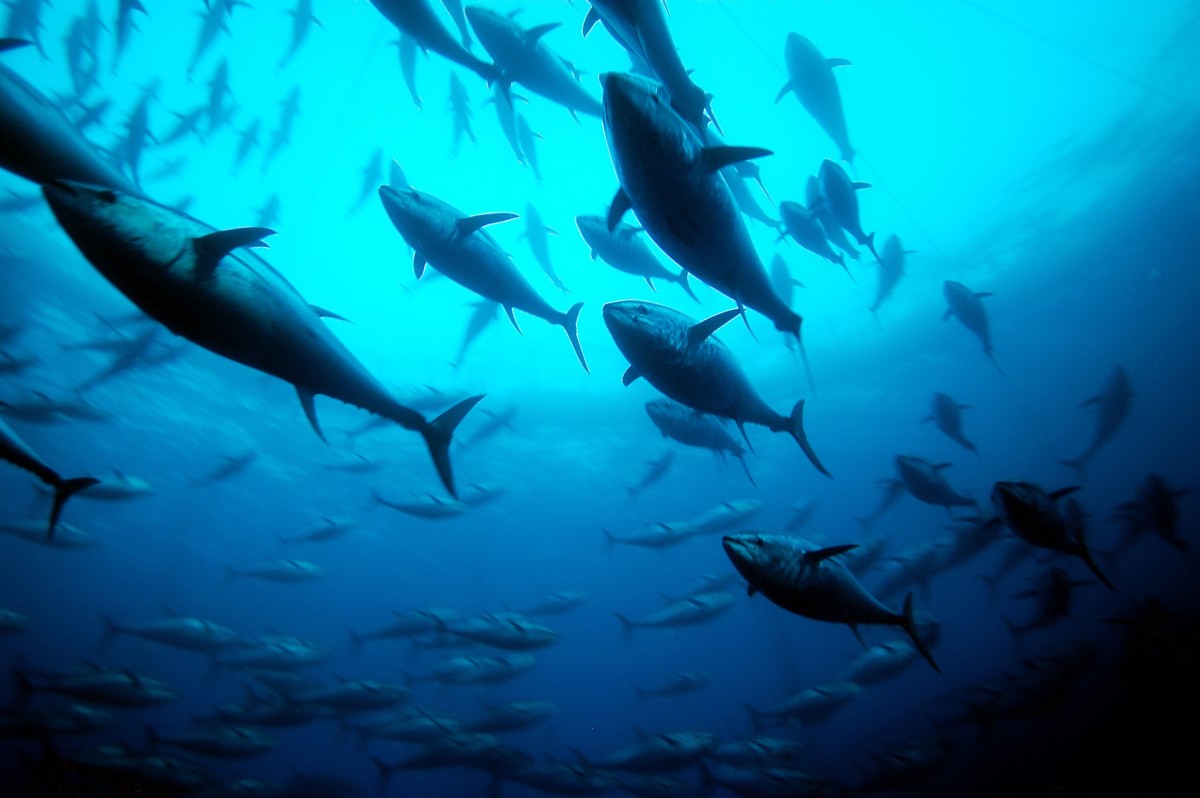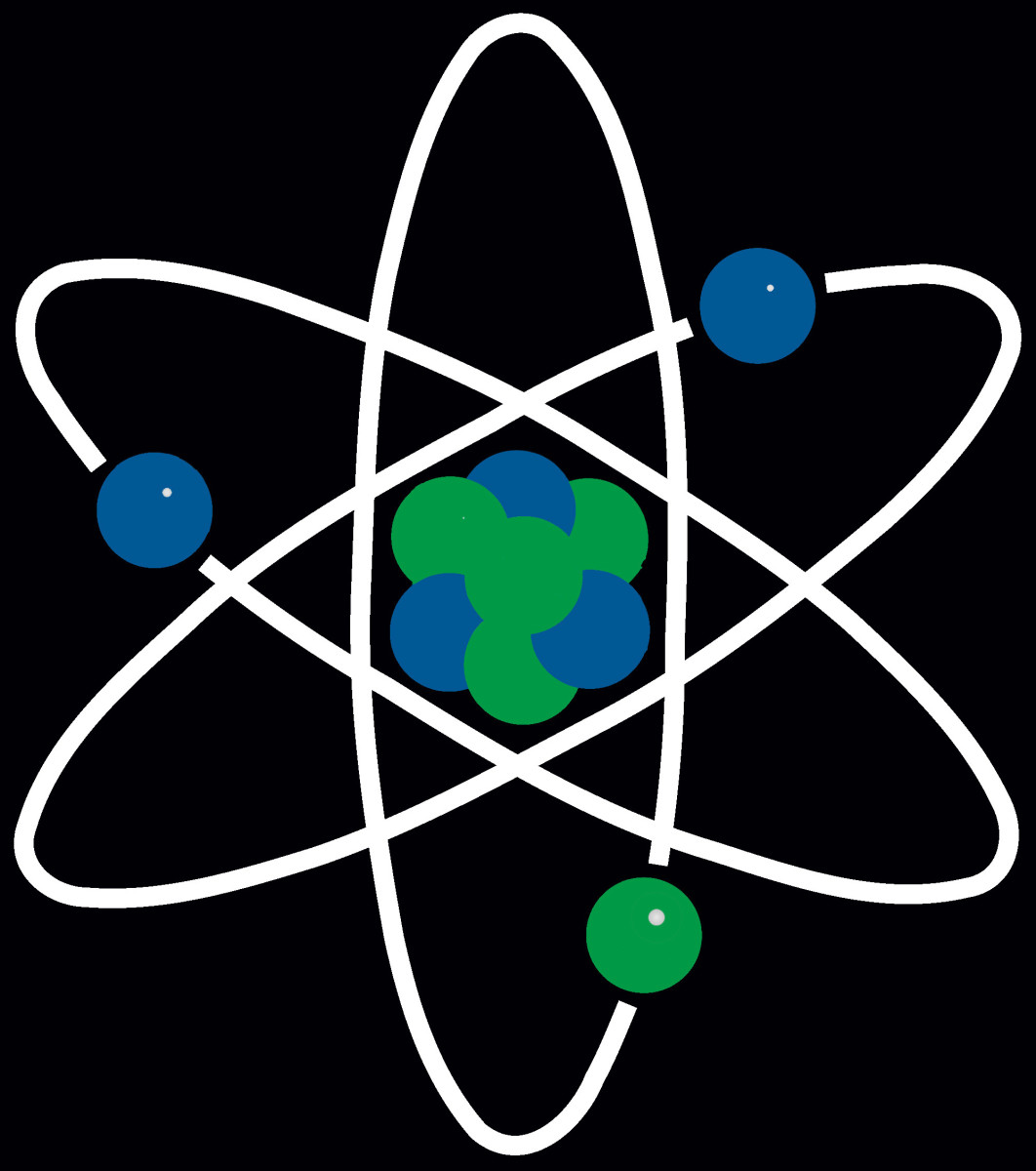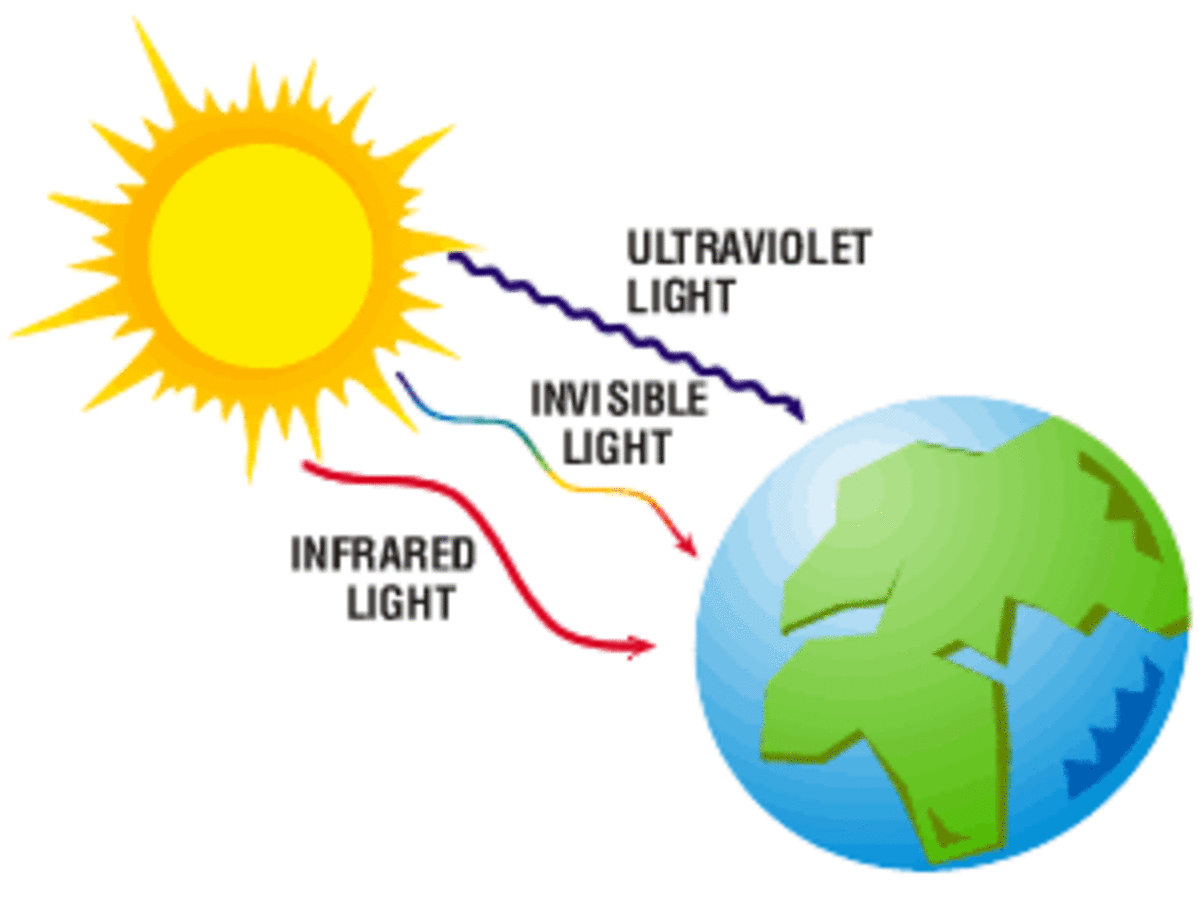Entropy Explained
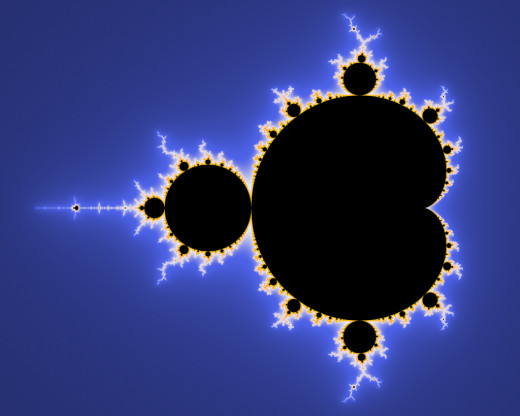
Entropy has often been explained in terms of the disorder of a system. This is not correct. That is to say, terms that science uses like disorder and chaos have two meanings. One is the meaning most of us put to them and the other is the meaning science uses them for. It turns out that they are often opposites.
This is not unusual. Another term scientists sometimes use is: The universe was created from nothing. But by nothing they do not mean nothing, they mean Quantum Fluctuation. Quantum Fluctuation being when potential energy seemingly spontaneously creates particles of matter and anti matter, which usually instantly cancel each other out.
I am not talking about the merits of that theory or the fact of Quantum Fluctuation here. It’s just an example of how the language of science can be very different from the language of the average person, and generate confusion over the meaning of words and concepts. The media is of no help in this case, often being the cause of these misunderstandings due to not understanding the concepts fully as well as a tendency to be sensationalist.
I’ve been saying it for over twenty five years but it is only recently that text books reflect the idea that entropy is not indeed a theory of disorder, but in factthe spontaneous production of order from disorder. I have been feeling vindicated for some time now. Scientists and teachers are finally realizing how confusing this all is for students and people in general and are correcting the problem.
There are several types of entropy from different standpoints including the fields of biology, chemistry, thermodynamics and even psychology. Our latest understanding is known as The Law of maximum entropy production, in which entropy is the reason for order.
“the world will select order whenever it gets the chance. The world is in the order production business because ordered flow produces entropy faster than disordered flow (Swenson & Turvey, 1991)
What a confusing statement for people who think entropy is disorder in a system. But it’s true. Due to what are known as the laws of thermodynamics the universe is order, and disorder breeds new order.
So how does this work? We have to go to the laws of thermodynamics, specifically those concerning the laws of conservation. One of the most important things it tells us is that all atoms tend toward their lowest possible output of energy.
However, not to confuse the issue, this lowest possible output of energy is never zero. It is just the lowest possible level of energy output. This is important because it rules the behaviour of all atoms as well as all combinations of atoms.
So the problem is that interaction with other atoms of its own kind or atoms of a different kind make it hard for it to reach its lowest possible level of energy output because those interactions increase energy levels. Entropy is a how the system reaches a final balance after an interaction.
As I said, interaction increases energy output and the atom will try to find its lowest possible level of energy output for the new situation. Once it has, that is the new order. An example would be that an atom catches a stray electron. That puts it out of balance and increases its energy output. What it does is it slings that stray electron to another atom, which promptly returns it. This bonds the two atoms together in a quantum game of hot potato.
What happens next is that energy levels of both atoms fall and balance out to a new lowest possible level of energy output. The process of reaching that equilibrium is known as entropy. That new balance is not just new order, but it is also a new substance. It is no longer one hydrogen atom and one of something else, it is the combination of the two and has different properties than either.
The first law of thermodynamics tells us energy/matter cannot be destroyed and it cannot be created. Energy may leave a system or it may be transformed into gas, liquid, solid, heat etc. The total energy of the universe stays the same.
The second law of thermodynamics tells us that usable energy in a system is converted into unusable energy. So the idea has always been that unusable energy is the deterioration of a system. But what is it really? It is a system going in to equilibrium, or perfect order. It is not the useableness of the energy that is order, it is the equilibrium the process creates which is order.
So the current way the second law of thermodynamics is broached is that: Energy spontaneously disperses from being localized to becoming spread out if it is not hindered from doing so.
For example, if you heat the end of a copper pipe, the heat will flow toward the colder part of the pipe. Heat flows spontaneously toward cold. If you stop adding energy, the pipe reaches equilibrium and a lower level of energy output over all.
Entropy can be shown in a cylinder of compressed air. As air is used for work the pressure in the tank decreases as energy/air is dispersed and eventually the air left in the tank is no longer under pressure and can do no more work. But as soon as you add more compressed air to the tank you are ready to go again.
This equilibrium is order from the chaos. The chaos being compressed air being forced out of the tank due to pressure differential, and order being the end result when the tank is at equilibrium and unable to change.
But the entropy most people are confused about is that of a closed system. If everything in the system reaches equilibrium or its lowest level of energy output, the system is essentially dead. But again, that only applies to closed systems. The world is not a closed system. The human is not a closed system. Energy can always be added. The sun adds energy to the earth every day in massive amounts. Humans eat which adds energy that was lost doing the work of repair and maintenance.
But was that energy lost? No. The energy that cannot be used by one system can be used by another. Energy cannot be destroyed nor created as per the first law. So no energy is lost. It just becomes unusable by a specific system. Often because it has dissipated from the system in the form of heat.
A common example these days is a hot frying pan. When you take it off the stove and stop adding energy, the heat from the pan goes away from the pan into the colder room. It never happens the other way around, ever.
Entropy is in essence this tendency toward lowest possible output of energy, or equilibrium. It is that tendency which creates all we see. Evolution is only possible due to entropy. Entropy is why things change and why they stabilize.
Again I like to use the analogy of war. War cannot be sustained forever because resources run out. That is the entropy of war. Eventually a resolution is found. It is demanded by the fact that it is a race to see whose resources run out first. That includes the resource of the will to keep fighting. When the situation finds a solution, a new order is formed, and a new lowest possible output of energy is reached. The tendency toward equilibrium is the tendency toward order.
Remember that the spread of energy away from a system is a tendency which will happen if it can. There are plenty of times it can’t. An example is if I hold a large rock over a cliff with a string. The rock has potential energy built up in it because it is over a ledge and gravity is pulling on it. But that potential energy cannot leave the system because I am bonding that energy with my string. The second I let go that energy can be transferred to the ground and the air. But not before. So not all energy in every system experiences entropy right away. Now think of all the mountains in the world and how much potential energy they hold that entropy can not reach.
So the universe is not in danger of becoming lifeless due to entropy, and never will be unless all energy were so far apart that no reactions could take place. Even in current theory where all galaxies are moving away from each other, the universe and our galaxy is expected to last for hundreds of billions of years. And even so, were the universe to reach equilibrium, how much less chaotic or disordered can it get?
But it is not an order we humans can relate to. In fact the kind of thing we consider order is actually due to disorder or conflict. Humans love the idea of creativity. But what is creativity? It is a response to conflict. Without conflict there is no change because there is no need for change. And there is plenty of conflict in nature and plenty of opportunity for creativity.
The simple laws of thermodynamics show that it is the conflict atoms face through interaction that causes mergers of atoms and new substances to form as a reaction to and a solution for conflict. If you like, conflict can be considered disorder. The nature of the atom itself is creative due to it including these very simple laws. The resolution of conflict produces order, and the resolution is demanded.
The point is that the universe doesn't scribble gibberish until it finds the right pattern. The patterns of existence are just ever more complex variations of the one universal pattern encapsulated in the basic laws of nature: The laws of conservation, thermodynamics and entropy. One layers interactions always build a new, more complex layer.
Even humans recognize this in the terms: society and culture, economy, etc. A group of people’s interactions build a new layer of reality, even though that layer is not a living entity. It is also not an imaginary one as it can be studied due to the fact that it has actions and behaviours somewhat independent of its individual parts, or in fact as a result of the culmination of all the actions of its individual parts at any given moment. . Theses layers are studied statistically in the same way QM is. These institutions can be seen to relate to entropy as they result from the dispersal of human energy. An order from our combined interactions and conflicts.
These laws show how the simple becomes complex. Not randomly or by accident, but by repeating the same pattern over and over in more and more complex layers.The Mandelbrot set comes to mind as an example of this dynamic. A simple pattern repeated over and over building layers of ever more complexity. These basic laws tell it all.
Truly a marvel to contemplate. For me, it is far more amazing than any god hypothesis.


